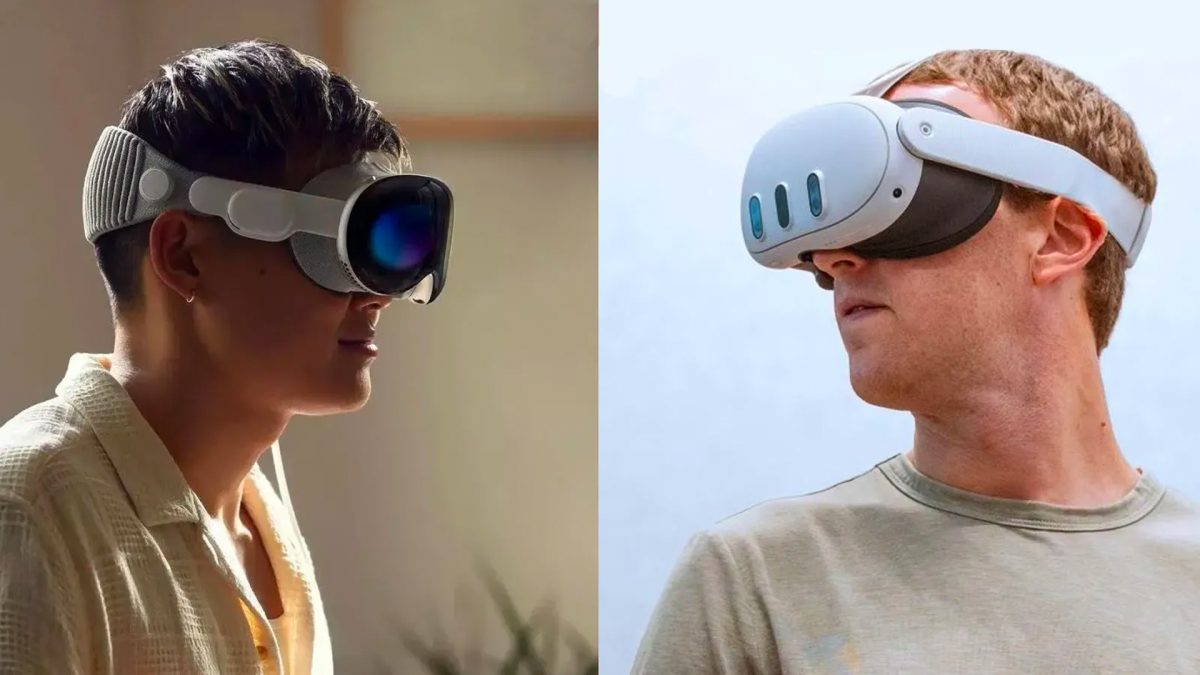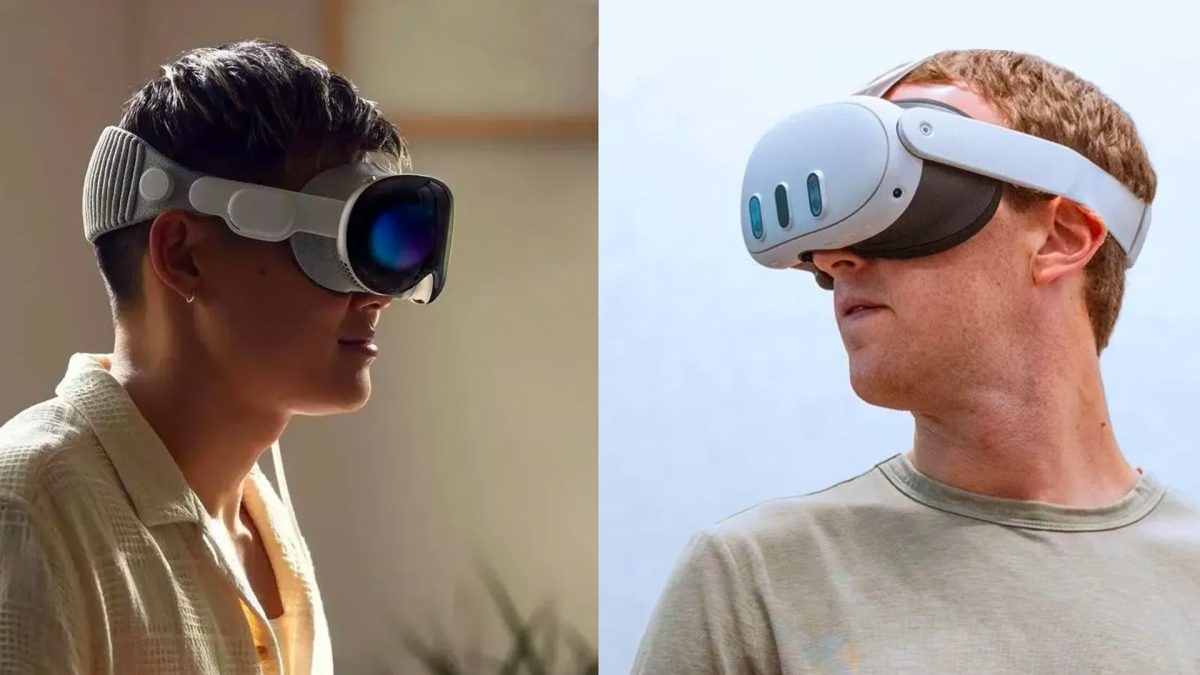Intel displayed its Project Alloy “merged reality” headset during their keynote at the Intel Developer Forum (IDF) event at San Francisco.
The headset uses promises to offer a fully untethered merged reality experience and uses Intel hardware and RealSense technology to enable that. All the hardware required to power the device is housed in the device itself, including a battery pack. A user can simply load up a program, disconnect completely from a computer, and still enjoy a free, merged reality experience.
Intel uses the term “merged reality” to describe Project Alloy because the headset offers a mix of both virtual and augmented reality. While you will experience VR within the headset, RealSense cameras will be used to keep track of the real world. Your hands, another person, etc. can walk in and out of your field of view and you’ll “see” them even in your virtual world. RealSense allows for depth sensing (it’s a two-camera setup), so you’ll be able to interact with your 3D world in real-time.
The demos seemed interesting enough, but it was clear that tracking wasn’t as precise as on the HTC Vive and honestly, the demos for AMD’s Sulon Q were far more attractive.
Project Alloy is very obviously a demo platform for Intel. Intel has promised to open-source the hardware as well as a RealSense API so that developers can create their own apps and hardware without worrying about licensing.
Intel hasn’t elaborated on the actual hardware used in Project Alloy, so we can’t comment on that. We do know that AMD is using an AMD FX-8800P processor with a Radeon R7 graphics chip. AMD’s Sulon Q headset also supports spatial audio and is functionally very similar to Intel’s Project Alloy.
Both companies promise an untethered VR experience, but the VR space is still nascent and there’s not going to be a winner for some time yet.


)




)
)
)
)
)
)
)
)